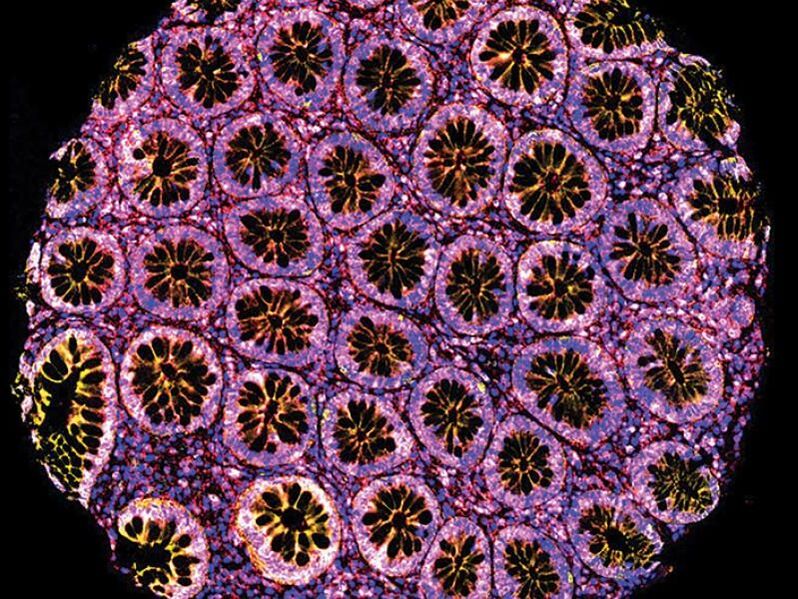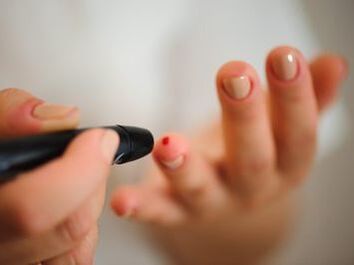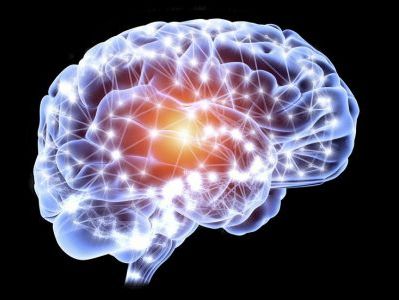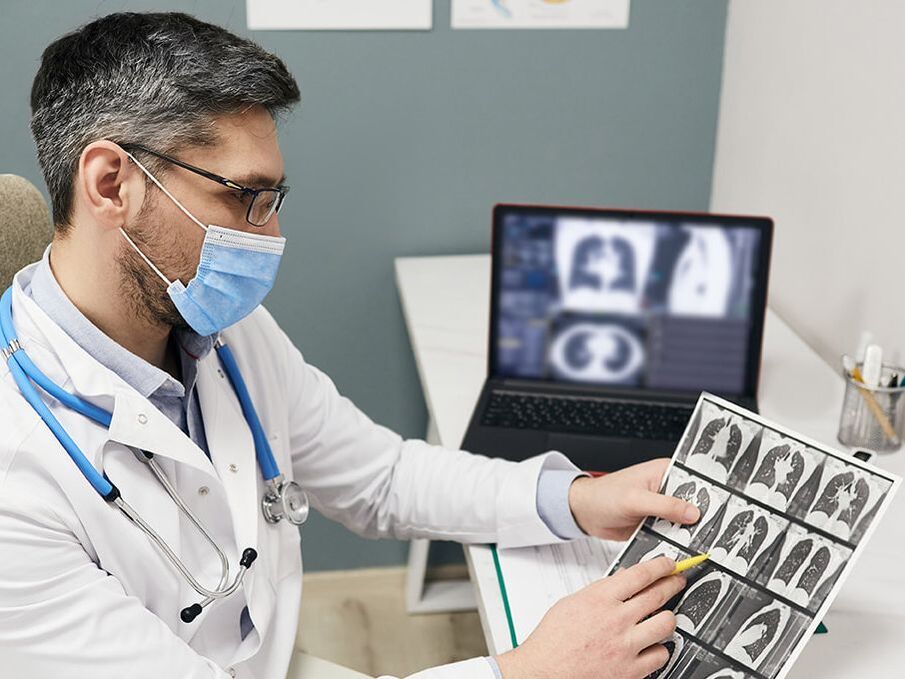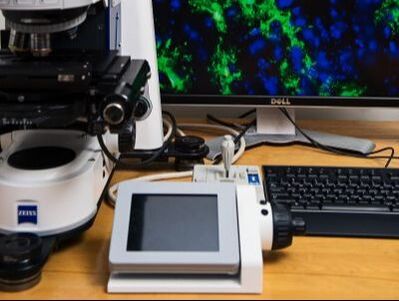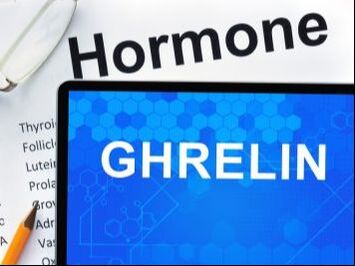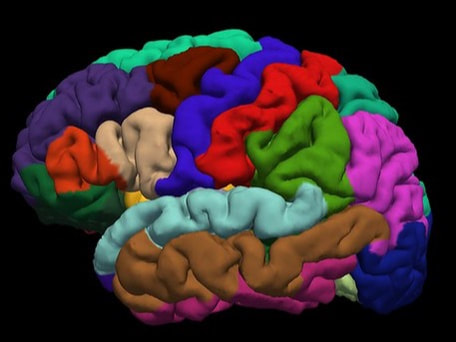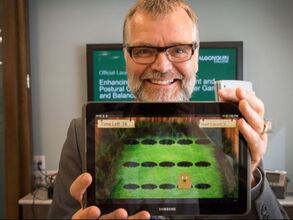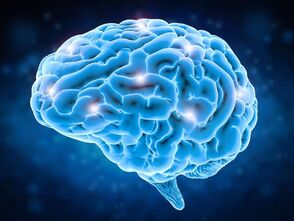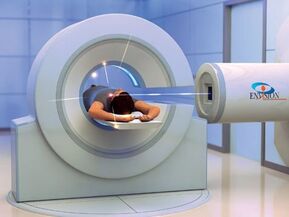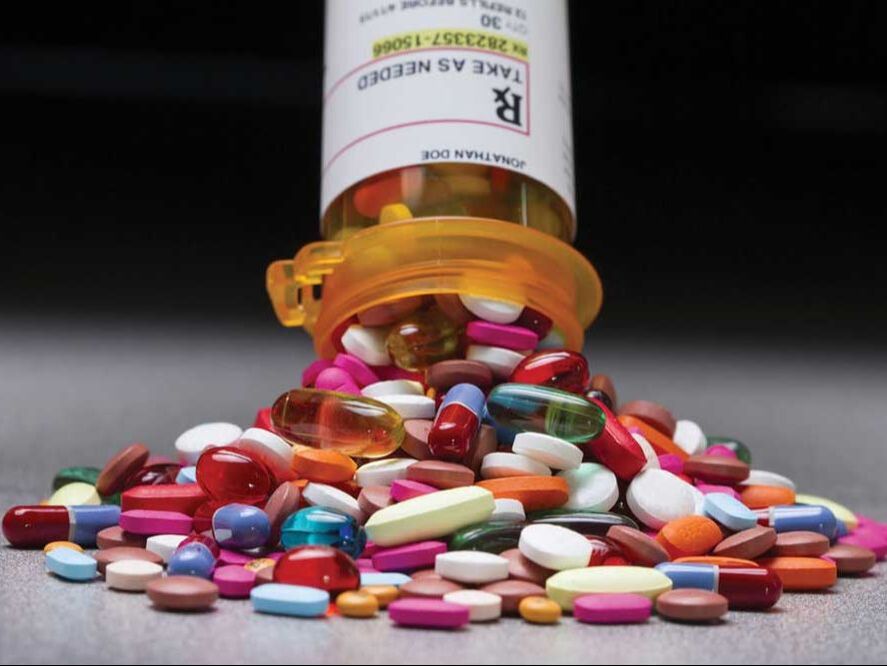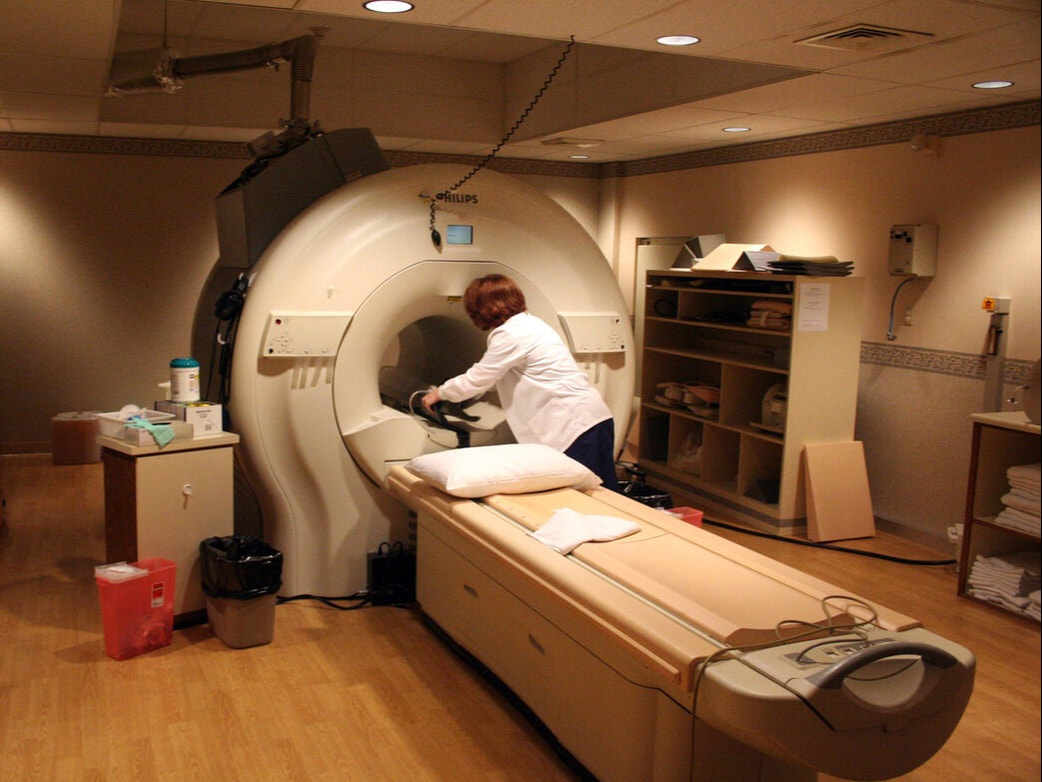- Home
- Technology
- Management
- Health Care
- Earth Sciences
- Particle Physics
- Engineering
- Stories of Turtle Island
- Startup Companies
- The Lost Ships of the Franklin Expedition
- Wildlife
- Archaeology
- Palaeontology
- Architecture, Land Use and Planning
- Politics and International Development
- COVID-19
- University Life
Cancer trials group addresses gap in research by co-ordinating trials across multiple institutionsCancer is not a single disease; it is hundreds. Cancers of the lung, breast, prostate, and colon are the most common forms, and account for about half of all diagnoses. But less common forms of cancer also account for about half of diagnoses, and these are not as well studied. Some of them are extremely rare, with only a few people diagnosed each year. Patients with these rare cancers have not had the same improvements in survival outcomes as those with more common cancers, largely because there has been less focus on research and the development and testing of new treatment options.
But the Canadian Cancer Trials Group (CCTG) is working to change that. Headquartered at the Queen’s Cancer Research Institute, CCTG is a collaborative network of researchers, physicians, scientists, and statisticians who are advancing cancer research through clinical trials. And CCTG’s priority is to address the gap in rare cancer research. Click here for full text |
Stem cell therapy seeks to replace pancreatic beta cells in effort to reverse type 1 diabetesThe human pancreas is only about 15 cm long, but within it are about a million tiny islets of hormone-producing cells. Though they are many in number, these islets are tiny – they make up only 2-3% of the volume of the pancreas. Cells within these islets secrete hormones that help us regulate our blood sugar. And when they malfunction, it can cause diabetes.
Dr. Jenny Bruin is part of a team of researchers that has been awarded a 5-year, $3 million grant to develop a novel therapy that transplants insulin-secreting cells derived from stem cells into patients with Type 1 diabetes. This could reverse the effects of the condition, and help eliminate diabetics’ need for insulin therapy. “People with Type 1 diabetes lack insulin secreting cells in the pancreas. These are called beta cells, and the immune system has destroyed them. We want to replace them with beta cells derived from pluripotent stem cells." Click here for full text |
Targeting astrocytes could help improve neuroplasticity in next generation of depression treatmentsDepression is among the most common mental health conditions. Worldwide, there are more than 260 million people that experience it—and a disproportionate number of them are women. For some, depression is primarily a result of brain chemistry and genetics. For others, chronic stress plays a significant role, and fluctuations in estrogen levels can also have an impact.
“When people go through unpredictable circumstances and they are not able to control their environment, we see the incidence of depression go up,” says Dr. Natalina Salmaso, an Assistant Professor of Neuroscience at Carleton University. “This is very relevant right now, with COVID. Chronic stress can cause the brain to become less adaptable. Interventions that help with depression seem to reverse some of this. Antidepressants and therapy can improve the brain’s neuroplasticity, or ability to adapt.” Click here for full text |
AI analyzes tumour shape to predict remaining lifespan of terminal lung cancer patientsGive it to me straight, Doc. How much time do I have left?
For patients facing a terminal cancer diagnosis, this question is critically important. But most of the time, patients don’t get a straight answer. Cancer is complicated, and doctors are hesitant to predict whether a patient will live a few years—or only a few months. “Diagnosing cancer is relatively simple, but it is a much more difficult to estimate how much time a patient will have after the diagnosis,” says Dr. John Oommen. A cycle of chemotherapy or radiation can be draining and difficult, and a patient who knows they don’t have much time left may choose to forego these treatments altogether. Oommen wants to help people make informed choices whenever they can. Click here for full story |
Research funded by the Michael J. Fox Foundation explores role of astrocytes in Parkinson's DiseaseHand tremors and slowed speech are obvious signs of Parkinson’s disease, but long before these motor symptoms manifest, many people with this neurodegenerative condition experience hyposmia—a reduced sense of smell.
“We already have a good idea of what neuronal systems are involved in the presentation of motor symptoms; it is the degeneration of dopaminergic neurons,” says Dr. Natalina Salmaso. “But by the time people show symptoms like tremors, these neurons have been dying for years, and the majority have already been lost. The question is, how can we intervene earlier to prevent the death of these cells? We want to know what triggers this, and explore whether there could be ways to intervene earlier and stop the progression of the disease.” Click here for full story |
CIHR-funded research explores the relationship between the hormone ghrelin and comfort food cravingsFor some of us, it’s a hot slice of pizza. For others, a cold bowl of ice cream. But the very concept of comfort food says something about where we turn in times of trouble. For many, it is toward the kitchen.
“Stress can lead to overeating. It is not uncommon to hit the fridge when people get stressed—and it’s not like they are hitting the broccoli or hummus. They eat high-calorie foods. We want to understand the role of a hormone called ghrelin,” says Dr. Alfonso Abizaid. “Ghrelin targets areas of the brain that are important for eating and metabolism, and in studies where animals are given this hormone chronically, they tend to gain weight. If you give this hormone to people, they not only get hungry, they get cravings for their favourite foods. In my case, I would crave souvlaki and Greek pastries.” Click here for full story |
Optimizing human-computer interface can reduce medical errorsHealth care is the most human of endeavours, but – like just about everything else –it’s become increasingly driven by technological innovation.
Health care technologies hold great promise in improving patient care, but high-tech gadgets don’t always make care better. Medical errors are a leading cause of death in hospitals, and new software and hardware introduces more scope for operator errors with life or death consequences. “We often introduce new innovations,” said Patricia Trbovich of the University of Toronto, “whether it’s tool, a technology, a process, a checklist, a new training but we don’t always do so in a way that positions our clinicians for success – or our patients for that matter." Click here for full text |
Light wave therapies could reduce impact of early childhood seizuresA child’s brain is plastic. Just as a fluid polymer can be moulded to take any shape, the human brain changes to meet different developmental needs as a child matures. Or at least it’s supposed to.
Neuroplasticity – a process in which the brain reorganizes its networks of neurons — is deeply impacted by interaction with our environment. The brain’s ability to make these adaptations is at its peak in infancy. As babies rapidly acquire language, communication and memory-dependent skills, the way their neurons communicate with each other changes to optimize learning. But when infants suffer seizures during critical periods of development, their brain chemistry can be permanently altered, impacting how neurons are able to organize themselves over the long term. Click here for full text |
Parental health prior to conception influences fetus healthHuman health doesn’t begin at birth – or even at conception.
“The origins for health, development and disease trajectories occur even earlier than that,” says Kristin Connor, an Assistant Professor in the Developmental Origins of Health and Disease at Carleton University's Department of Health Sciences. That us because parental health before and at conception, and during the early stages of pregnancy, can influence the health and development of a fetus -- and the lifelong health of that individual after birth. “Even though nutritional requirements are extremely small in the early stages of pregnancy, nutrients are still very important to the developmental trajectory of that individual,” says Connor. Click here for full text |
AGE-WELL study examines dementia progressionA tiny cartoon mole pops its head from the ground to peek at what’s around and . . . whack!
It turns out that you never get too old for a carnival classic. Researchers are using a video game inspired by the midway standard whack-a-mole to monitor changes in seniors with dementia. “The game measures speed of processing — how quickly someone is able to hit a mole – and inhibition,” says Frank Knoefel, a physician, clinical researcher and adjunct research professor in Carleton’s Department of Systems and Computer Engineering. Click here for full story |
The brain's zona incerta shown to produce dopamineThere are roughly 86 billion neurons in a human brain. It is our most complex organ – and the least understood. Far from knowing what each neuron does, neuroscientists are still determining the many functions that areas of our brain can perform.
When it was named, little was known about the area of the brain known as the zona incerta – Latin for zone of uncertainty. We’ve since learned that it has diverse roles in feeding, sleep, and fear. A collaboration between researchers at Carleton University and the University of Texas at El Paso (UTEP) has shown that neurons in the zona incerta can produce dopamine – which could help determine how it performs those roles. Click here for full story |
Ottawa Medical Physics Institute celebrates 30th anniversary“In the unlikely event of a large-scale nuclear event, we want to be ready,” says Lindsay Beaton-Green, a research scientist with Health Canada.
There are different radiation dose ranges, and even if a major nuclear event occurred, most people would not be exposed to a high dose. For those exposed to lower doses, it’s a psychological reassurance to know that it could be close to background levels. At middle-range doses, there are therapies to help mitigate some health problems if you find out fast enough. And there is an upper limit, where there isn’t really any treatment. Knowledge of exposure levels helps inform medical management in this scenario. Click here for full story |
Opioid hospitalizations decrease on statutory holidays
Holidays are a time for family and friends. They can heighten our emotions, both good and bad. Feelings of isolation and stress can become that much more acute on holidays, and opioid use is often tied to these types of distress.
Chantal Houser, David Huynh and Amir Jasarevic wondered if holidays would have an impact on hospitalizations related to opioid use. These events fluctuate according to seasonal and day of the week patterns, but it wasn’t known whether statutory holidays had an impact. Click here for full text |
Understanding cannabinoids could improve medical cannabis
Dementia, epilepsy, Tourette’s syndrome. Its fiercest advocates insist that cannabis will cure what ails you, and there’s no shortage of anecdotal evidence, but when it comes to peer-reviewed research, facts are harder to come by.
Cannabis plants have more than 100 cannabinoids. These chemical compounds influence how messages are sent, received and processed by brain cells, and their proportions vary by strain. Recreational cannabis has been bred to have high levels of tetrahydrocannabinol (THC), a mind-altering psychoactive cannabinoid which can also have health benefits, such as improving mood and appetite. Click here for full text |
E-health systems introduce new security risks to health care
The rise of e-health has been rapid. At any given moment, millions of medical devices are keeping patients in constant contact with their health care providers.
These devices and the data they generate can provide a 24/7 record of a patient’s symptoms and vital signs. They make health care more efficient by letting patients know when they need to get to a hospital — and when they don’t. But no connected device is ever fully secure, and medical devices are no exception. When hackers infiltrate e-health systems, lives literally hang in the balance. Click here for full text |
